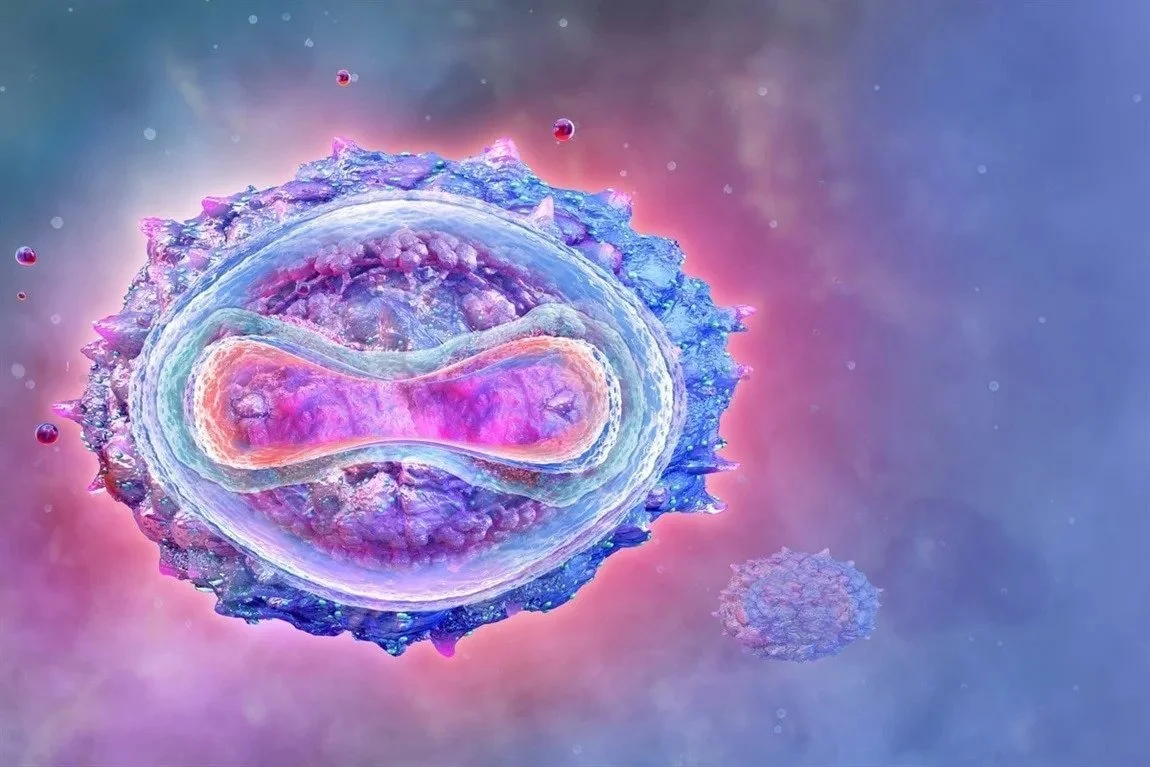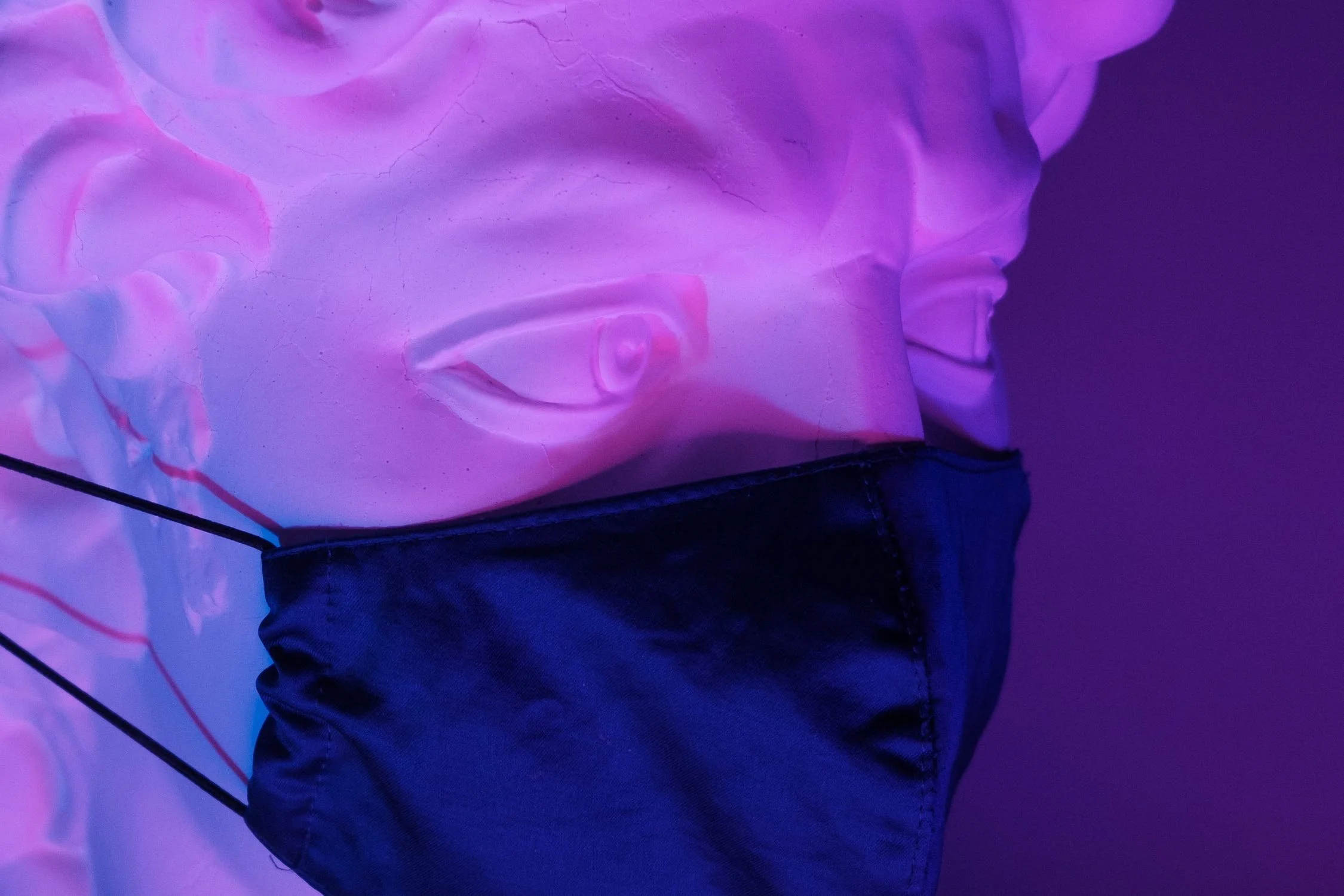Monkeypox: What You Need To Know
According to the CDC, monkeypox is a disease that is in the same family as the variola virus. Despite the recent outbreak propelling monkeypox into the news, monkeypox has been around since 1958 and has been spreading throughout society since at least 1970. It is usually contained in West and Central Africa, but as of late, Europe and America are seeing unprecedented outbreaks. A misconception about monkeypox is that it is a “gay disease.” This simply is not true. Anyone who has close contact with someone with the virus is likely to get it. That being said, WHO issued a statement saying that the virus is being identified in the LGBTQ+ community, specifically assigned male people having sex with assigned male people.
Monkeypox spreads through close contact. Close contact can look like hugging or cuddling, kissing, touching an area of the body that has the rash, or sex. It is also spread by touching objects, mainly fabrics like bed sheets, towels, or clothes, that have been used by someone infected with the virus. Lastly, it can be spread by respiratory secretions, like cough droplets.
Monkeypox appears as a rash on your genitals and anus but watch out for it appearing on other areas of the body, such as the chest, face, or mouth. Remember that it is close contact that spreads the virus, so anywhere that you have had that contact can develop the rash. The rash can look like pimples or blisters. Some people have reported that it can be painful or itchy. Some people only experience the rash, but other people have reported flu-like symptoms following either before or after the rash. Be on the watch for a fever, chills, muscle aches, sore throat, and a cough. Symptoms can develop up to three weeks after being exposed to the virus and, a person is contagious until the rash has completely healed and a new layer of skin has formed over the rash.
There are several ways to decrease your likelihood of getting monkeypox, similar to the methods used to avoid catching COVID-19. Avoiding close contact with people is your best deterrent, especially if you know someone who has the virus. Also, stay away from things an infected person might have touched. Washing your hands or at least using hand sanitizer can help prevent you from catching the virus as well. You could also wear a mask to avoid breathing in potentially infected respiratory droplets. There is a vaccine available, but it is in limited supply. The CDC recommends getting the vaccine if you are a contact of someone who has monkeypox, if your job puts you at a greater risk, or if you have had multiple sexual partners in an area with known monkeypox.
As of August 10th, 2022, there have been 10,392 cases of monkeypox in the United States. Of that number, ninety-two cases have been from Louisiana. While it is not the lowest number of cases in a state, it’s nowhere near as high as states like California and Florida.
While monkeypox is a serious, nondeadly virus, it is possible to slow the spread by limiting close contact and masking up. We have been through and are still going through a pandemic where we have to implement these safety measures. For the health of the people in this world, let’s do it for a little longer.
Sources:
CDC - Monkeypox-Homepage. https://www.cdc.gov/poxvirus/monkeypox/index.html August 11, 2022
WHO - Monkeypox: public health advice for gay, bisexual and other men who have sex with men. https://www.who.int/news/item/25-05-2022-monkeypox--public-health-advice-for-gay--bisexual-and-other-men-who-have-sex-with-men. August 11, 2022





